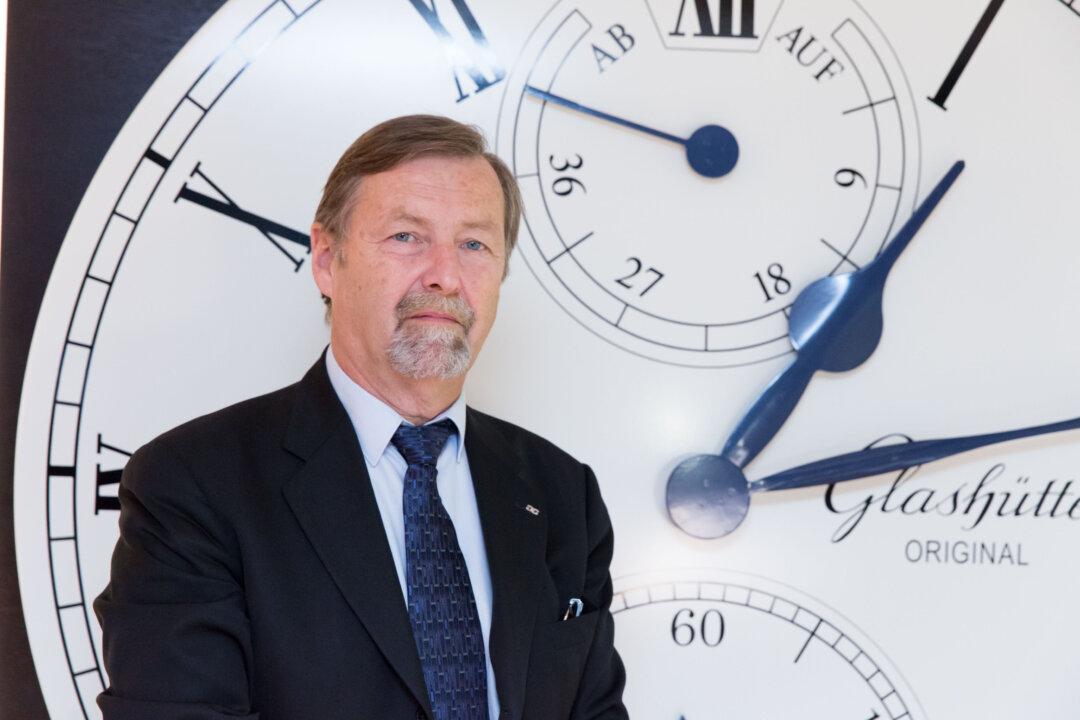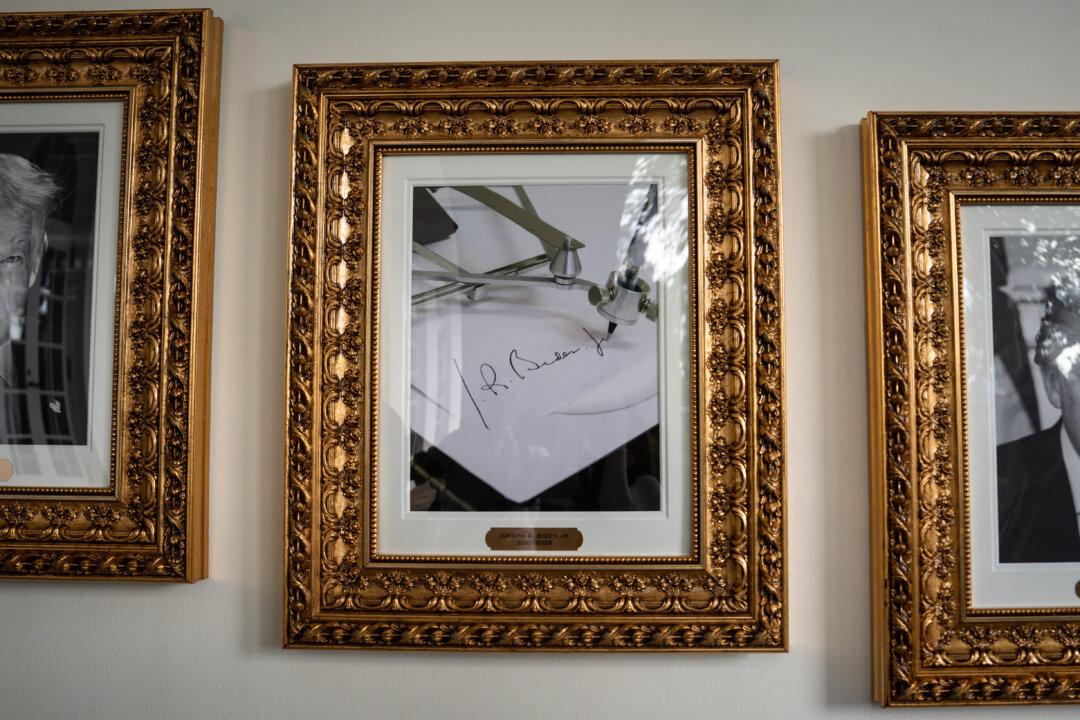Being a German luxury watchmaker among many Swiss luxury watchmakers at Baselworld, the largest fine watch and jewelry show in the world, is not the least bit daunting for Glashütte Original. The German luxury watch brand that takes its name from the town where its timepieces are made, is owned by Swatch Group, yet it encapsulates a decidedly German know-how and style.
At Baselworld this spring, Glashütte Original unveiled its new Calibre 36 timepiece, with an innovative movement, which sets a new standard in precision, running time, and stability.
The brand has also introduced its most recent edition of the Senator Chronometer, which offers certified precision with a distinctive dark blue dial. The watch unites high-level performance with a timeless elegance.
At Baselworld in Switzerland earlier this year, Epoch Times own Pamela Tsai spoke with Yann Gamard, CEO of Glashütte Original.





